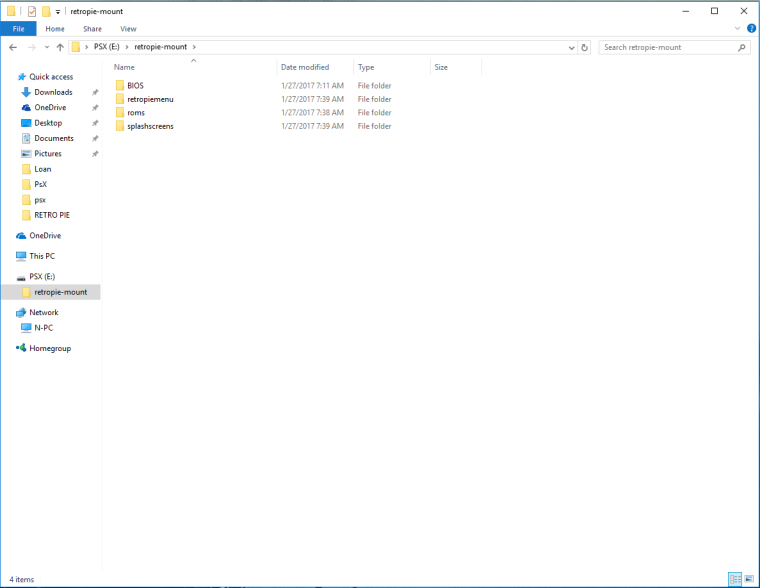Sega Cue Creator Mac

I found a way to make Sega Cue Maker working in Windows Vista! I had to register a.ocx file to do it, but it works!
Download Sega Cue Maker. Download Comdlg32.ocx. Put Comdlg32.ocx in your System32 folder. Click the menu button, and type 'cmd' into the search bar. Right click on it, and select 'Run as Administrator'. Input 'regsvr32 windows system32 COMDLG32.OCX' into the command line. It should say the ocx registration was successful.
Okay, I’ve made a cue sheet with Sega Cue Maker and inserted it into the same directory as the ISO and WAV files, but I’m still not getting any sound through Genesis Plus GX or PicoDrive. The PCM tracks stored on the ISO file work just fine, but the WAV tracks still won’t play in-game.
Run Sega Cue Maker. I know a lot of people wanted this, so I'm proud to share it! Dude you rock! EXACTLY WHAT I NEEDED FOR SO DAMN LONG ITS NOT EVEN FUNNY - GO AHEAD AND LAUGH -- (ahem anyone running a monster machine with a 4ghz+ liquid cooled & overclocked AMD Phenom Black Edition, 8GB of RAM and dual bridged ATI Radeon 4870s to run most of the larger MAME roms and CD based console gaming systems SHOULD ALREADY KNOW THIS!!!!!!! DOH!!?) TO UTILIZE THIS ON A 64-bit version of Windows Vista read on below: 'Peter Foldes' wrote in message news:eYVwvABKJHA.3644@TK2MSFTNGP05.phx.gbl. And which is the same(comdlg32.ocx ) on a 64bit and if the OP will check in his system file he should see it as such.
As an example Same as before Win98 was 32 bit and was running 16 bit from previous systems as does XP among others Just do a search for a 64 bit of this file for example on Google --------------------------------------------------------------------------- There is no 64 bit version of comdlg32.ocx. It's a 32 bit COM solution. You can still register the ocx. For Vista Ultimate x64, you need to place the Comdlg32.ocx in the Windows SysWOW64 dir. You can then run 'regsvr32 C: Windows SysWOW64 Comdlg32.ocx' and it will register the file. The Windows System32 dir is for 64 bit dlls only. ).aspx ----------------------------------------------------------------------------- That excerpt from another related site although having nothing to do with running SEGA Cue Maker solved my problem with this -- a little more extensive searching (38 seconds on google to retrieve it - hey i was drunk dammit!) Therefore let the professionals explain why a mildly retarded computer programmer couldn't figure this out for about 3 months i've been kicking myself in the nuts trying to get it done.
Again thanks for the original post just awesome! I just wrote and posted a guide on how to fix a Sega Cue Maker ocx error on XP and then I realized it's the SAME ocx file in Vista! Man, I feel dumb. Anyways, if you get this problem in Windows 7 it's the same fix as is for Vista. If you get this error in XP it's pretty much the same thing.
Download the same ocx file and put it in your system32 folder. Click Start then Run and type 'CMD' and hit Enter. Type this: Code: regsvr32 C: WINDOWS system32 COMDLG32.ocx Then hit enter. Now Sega Cue Maker will work! Programmu rascheta graduirovochnih tablic rezervuarov.
Lisa, you might want to edit your thread title to 'Tutorial: Making Sega Cue Maker Work in XP, Vista & 7'. Hello ladies and gentlemen. This will be my first post on this board. Anyway, I'm using Windows Vista 32-bit for my OS. As such, my process was a bit different. Instead of 'regsvr32 C: WINDOWS system32 COMDLG32.ocx', mine was 'regsvr32 C: SwSetup MSWorks System32 Comdlg32.ocx' Be sure to check under properties of the file you put under System32 for the exact location of the file you wish to register, then put regsvr32 with a space and the correct file location directory to register it. (under administer, in my case; for Vista, click Start>All Programs>Accessories>Command Prompt(left click command prompt, click 'Run as Administrator') Also keep in mind that for 64 bit Vista and Windows 7, Comdlg32.ocx needs to be placed in c: Windows SysWOW64, this makes its registration command prompt 'regsvr32 c: Windows SysWOW64 comdlg32.ocx', which I'd imagine is also done as 'Run as administrator' under command prompt.